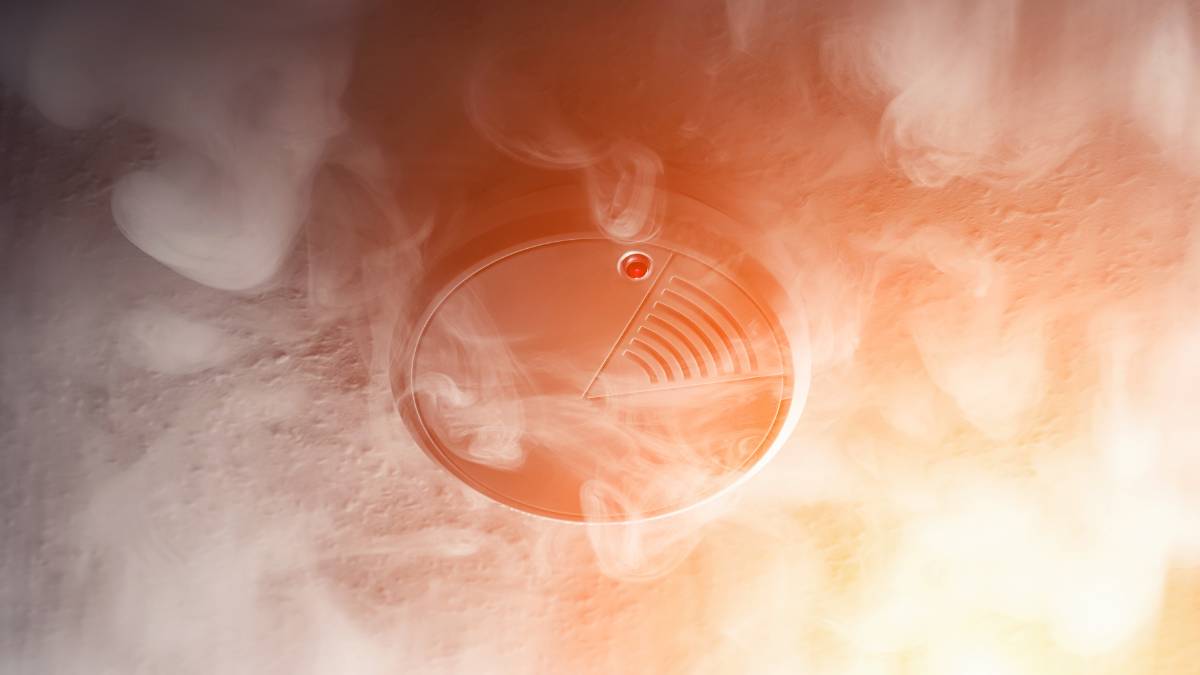Last Updated on October 25, 2023 by Kravelv Spiegel
Nothing quite emphasizes the importance of technology in our daily lives like the advancements we’ve made in the field of safety. Fire, one of humanity’s earliest discoveries, brings warmth and comfort, but it also poses a significant risk. Thankfully, the evolution of technology has brought forth innovations that help in early fire detection, ensuring safety and minimizing damage. Let’s delve into the fascinating world of modern fire sensing innovations that play a pivotal role in saving lives and assets.
The Crucial Role of Early Detection
History is replete with tales of massive infernos that have caused unthinkable destruction. From the Great Fire of London to more recent urban fires, one lesson stands out – early detection is key. It’s not just about sounding an alarm but about accurate and timely detection to allow swift action. The incorporation of automatic fire detection systems has proved to be a game-changer in this aspect. These systems don’t just detect smoke or heat but use a combination of advanced sensors to provide reliable alerts, drastically reducing false alarms.
Exploring the Cutting-Edge Fire Sensing Innovations
Fire sensing has come a long way from rudimentary smoke detectors. The field is continuously evolving, and some of the most groundbreaking innovations include:
- Multi-Sensor Detectors:
- Description: These detectors combine different sensing elements, like smoke detection, heat detection, and carbon monoxide detection, all in one unit.
- Advantage: They offer a comprehensive approach to fire detection, ensuring quicker and more accurate alerts.
- Video Smoke Detection (VSD):
- Description: VSD systems utilize advanced algorithms to analyze video footage in real-time, detecting the unique signatures of smoke or fire.
- Advantage: They are particularly effective in vast areas like warehouses or open spaces where traditional detectors might be less effective.
- Aspirating Smoke Detectors (ASD):
- Description: ASDs continuously draw air samples into the detector through a network of pipes.
- Advantage: They provide very early warning, detecting minute smoke particles which can be crucial in data centers or archives where even a small fire can lead to significant damage.
- Infrared Flame Detectors:
- Description: These detectors identify fire by detecting the infrared (IR) radiation emitted by the flames.
- Advantage: They can detect fires in areas with high levels of background noise, where traditional smoke detectors might fail.
- Acoustic Fire Detection:
- Description: Acoustic detectors are designed to recognize the unique sound signatures associated with fire, like the crackling of burning wood.
- Advantage: They are particularly effective in challenging environments where visual detection might be impeded.
Interconnectivity and Smart Systems
With the Internet of Things (IoT) revolutionizing every sector, fire safety isn’t left behind.
- Smart Fire Detectors:
- These devices are Wi-Fi enabled, allowing them to send real-time alerts to smartphones or central monitoring systems. In case of any detection, occupants can be alerted even if they are away from the premises.
- Integration with Home Automation:
- Modern fire sensors can be integrated with home automation systems. In the event of a fire detection, they can trigger other systems, like shutting down the HVAC to prevent smoke spread or turning on emergency lighting.
The Importance of Regular Maintenance and Updates
Incorporating advanced fire detection systems is a significant step, but regular maintenance is equally crucial.
- Routine Checks: It’s essential to ensure all components, from sensors to alarms, are functional. This includes checking battery levels, ensuring no blockages in aspirating systems, and verifying communication channels in smart systems.
- Staying Updated: With rapid technological advancements, it’s beneficial to stay informed about newer innovations and consider timely upgrades to ensure optimal safety.
Fire safety, in the modern context, is no longer just about having a fire extinguisher on standby or a basic smoke alarm installed. The innovations in fire sensing have transformed the way we approach fire safety, turning it into a proactive rather than reactive measure. By understanding and integrating these advanced technologies, we not only safeguard our assets but, more importantly, ensure the safety and well-being of our loved ones. After all, when it comes to safety, there’s no room for compromise!

